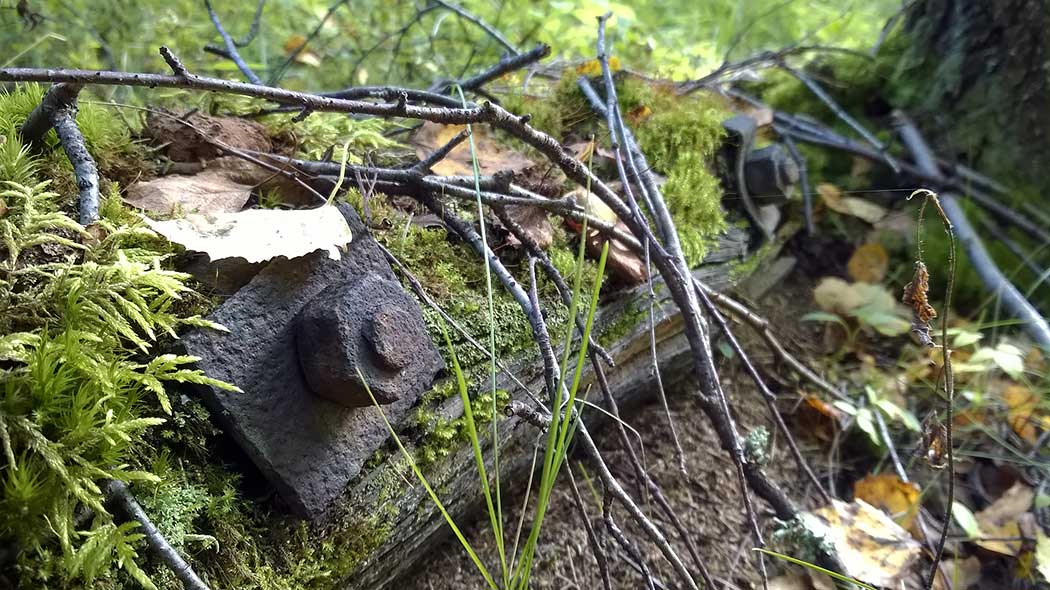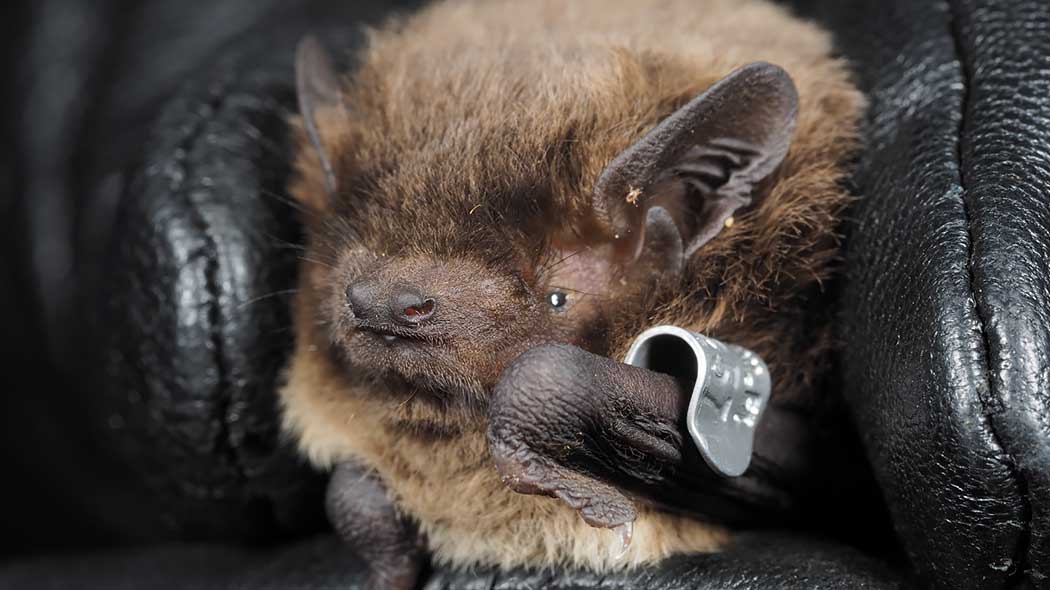Natural Features of Vallisaari

Coexistence between humans and nature
Vallisaari is the most diverse nature destination in the metropolitan area. A record-breaking number of species tell a tale of coexistence between humans and wildlife. For the past decades, Vallisaari and Kuninkaansaari have remained in a natural state.

At the turn of the millennium, researchers surveyed the biodiversity in more than 200 islands off Helsinki. Vallisaari proved to exhibit the richest flora of all the surveyed islands. Many demanding plant species typical of traditional landscapes thrive on the embankments and grounds surrounding buildings on the island. You may, for example, find hairy oat (Avenula pubescens, parallel scientific name Helictotrichon pubescens) and maiden pink (Dianthus deltoids).
An island home for 1,000 species of butterfly and moth
Vallisaari is also home to 1,000 butterfly species and moth species. More than a hundred of these are threatened or rare species. Vallisaari serves as a stepping stone for many southern species, offering them, in the island's sunbaked meadows and stands of hardwood, conditions similar to those found in Central Europe. For example, the plumed prominent (Ptilophora plumigera) thrives on the island. In the sandy soil of the sun-baked meadows, beetles scuttle that are normally found on beaches, including the sand weevil (Philopedon plagiatus).

Vibrant bird groves
The island's common alder (Alnus glutinosa), aspen (Populus tremula), and thickets of bird cherry (Prunus padus) provide cover for lush vegetation, in which icterine warblers (Hippolais icterina), thrush nightingales (Luscinia luscinia) and Blyth's reed warblers (Acrocephalus dumetorum) sing their song. After sunset, badgers (Meles meles) crawl out of their setts, and bats (Chiroptera) and eagle-owl (Bubo bubo) take wing.

Some of the impressive species diversity in Vallisaari is attributable to human action. Activities by the Finnish Defence Forces have kept the embankments and the meadows between fortifications open, thereby enriching the diversity of nature. The calcareous soil of the embankments and the crumbling concrete structures help to maintain communities of rare moss and lichen species.
Favourite Haunt of Bats
Northern bats (Eptesicus nilssonii), whiskered bats (Myotis mystacinus) / Brandt's bats (Myotis brandtii), Daubenton's bats (Myotis daubentonii), grey long-eared bats (Plecotus auritus) and common pipistrelles (Pipistrellus nathusii) fly in Vallinsaari. All of these species are protected.

Fortifications, caves, and old buildings provide bats with breeding and wintering locations. Lush woods, meadows, and ponds ensure that bats have an abundant supply of food. It is crucial for bats that at least some sections of the island remain peaceful, shadowy, and wild.
A small island rich in vegetation
The Russian history of the island is reflected in the plants found on the Alexander Battery. The hill mustard producing yellow flowers (Bunias orientalis), the grey hoary alyssum (Berteroa incana) of the late summer, and the rare thyme-leaf dragonhead (Dracocephalum triflorum) are examples of species that were brought to the island with animal fodder.

On the embankments on the southern tip of Vallisaari, a flightless beetle, Trachyphloeus scabriculus, is found. Like the plants, it is a stowaway from the east. This beetle species, new to Finland, was found in a nature survey conducted by Metsähallitus in 2013.
Thank You, Volunteers
Voluntary work is crucial for the nature in Vallisaari. Before Metsähallitus began work with its partners, in 2013, to open the island to visitors, its paths, grounds around buildings, and embankments were overgrown with vegetation. In collaboration with us, volunteers now look after the nature on the island. In addition, convicts participate in the repair work. All work is always supervised by professionals.

Do you want to join us in looking after nature in Vallisaari. You can become familiar with volunteer work








